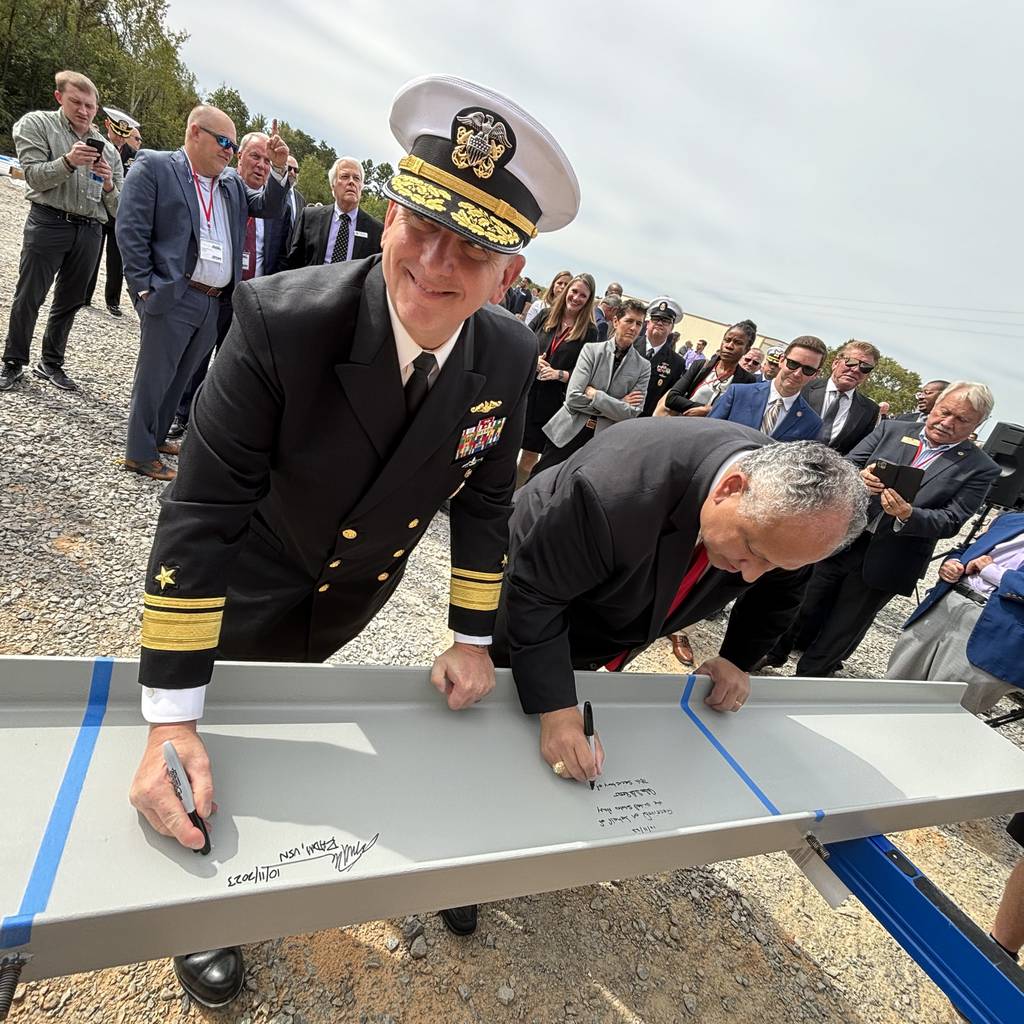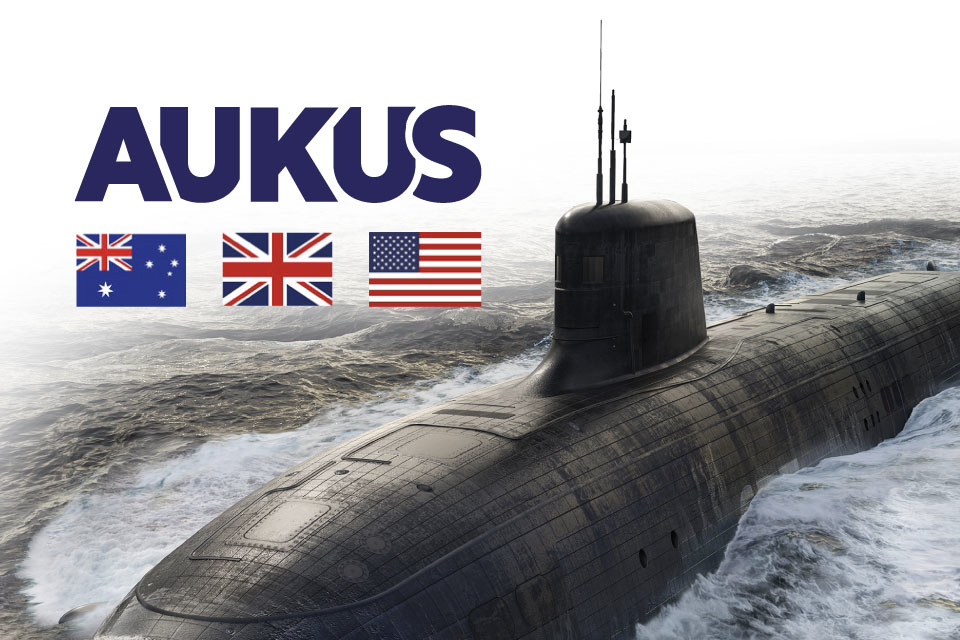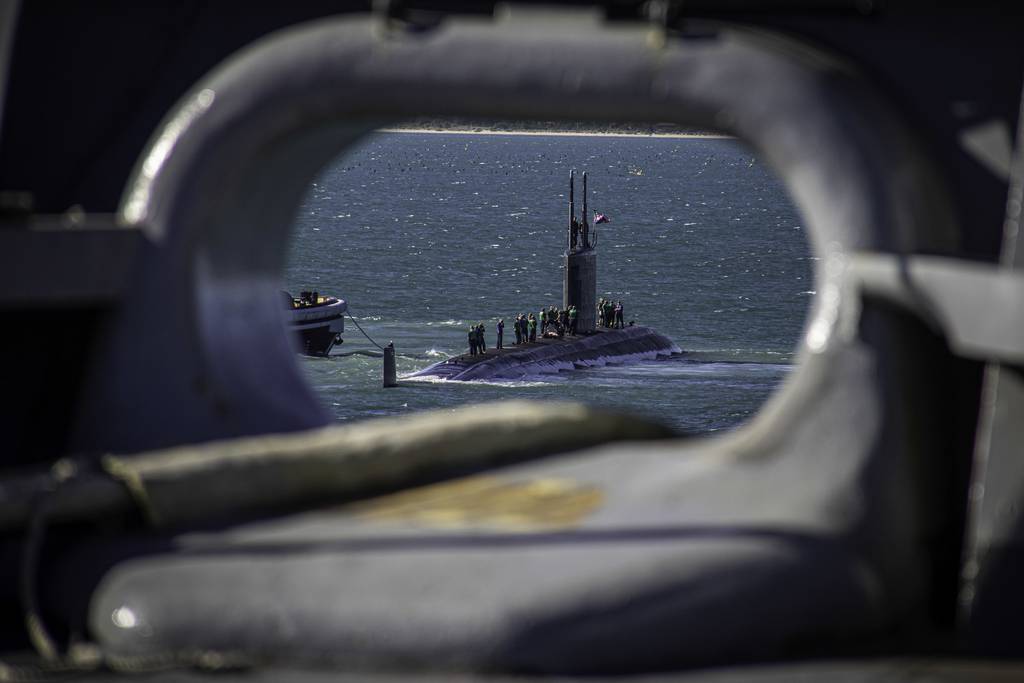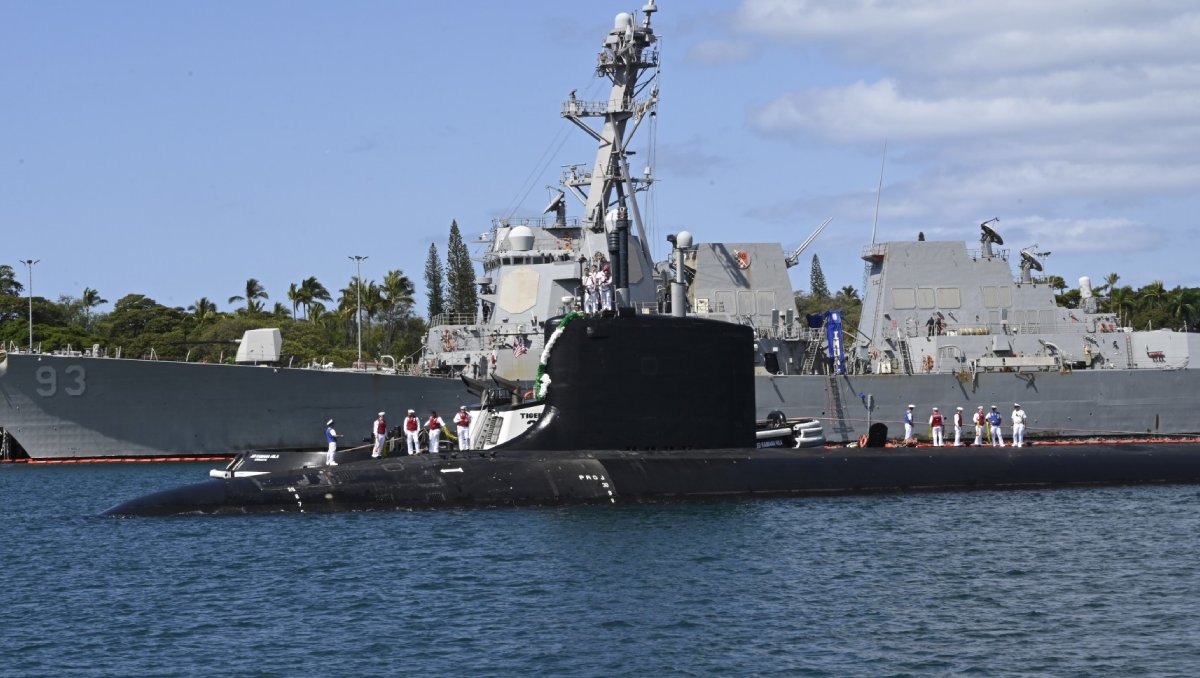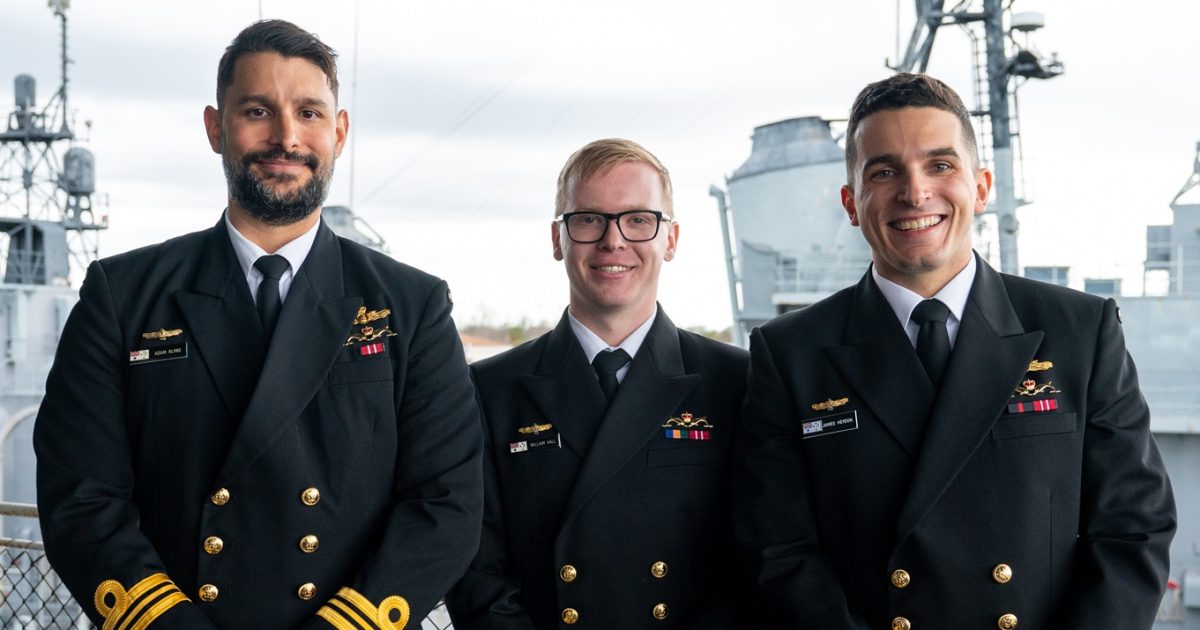I think there are two events here, both are right, but may be a case of being told as a single story.
WatcherZero is right about EB being brought in to sort out the production process for Astute, which uses the UK engineered PWR2 reactor.
At a different in time, there seems to have been a one time technical transfer of the design for a specific naval reactor (likely S9G from the Virginia class ) to Rolls Royce in Derby which was used in/served as the basis for the PWR3 reactor being fitted to Dreadnaught and onwards. This may have well been before the production issues with Astute, but the time scales involved could mean it only became common knowledge later.
There was the well known issues with the earlier PWR2 cores on Vanguard, that led to the unplanned, and massively over schedule refuelling. Also, the government papers referencing the choice whether to use and evolved PWR2 or move to PWR3 for Dreadnaught suggests PWR3 was the only design to meet the highest safety standards. While it is not explicitly mentioned, this presumably references the fact that the S9G uses natural circulation vs PWR2 which requires pumped cooling.
https://assets.publishing.service.g...nt_data/file/27399/submarine_initial_gate.pdf
Given its the same reactor going into AUKUS, you could make the argument that no additional sensitive information is being shared; its just an increase to the numbers with access to parts of it.
